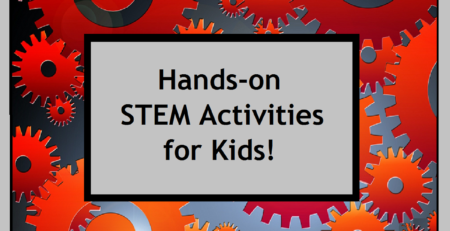15+ Helpful Strategies & Tools for Readers & Learners
Looking for helpful strategies and tools for readers and learners? As you may know, reading and learning do not come easily for every child. Parents and teachers often look for specific strategies, tools and other resources to assist struggling readers and learners, especially the 6.4 million children with ADHD and the nearly 1 in 5 children with dyslexia in addition to other issues. Here are just a few helpful strategies and tools for readers and learners at any age:
Strategies to Implement at School
1. Request or allow for course and book content to be available via audiotape, CD, or DVD.
2. Use a portable, hand-held spell checker (such as the Franklin Spelling Ace) for unknown words.
3. Use graph paper, a ruler or the Reading Focus Cards for more focus with math work (i.e., to help promote more accurate number placement in column addition, long division, equations, etc.)
4. Use interactive computer reading programs or apps that support challenged readers or learners and require only a limited number of tasks at a time.
5. Underline or highlight important key words in a set of directions BEFORE beginning an assignment.
6. Fold a worksheet so that only a small amount of text, information, or problems is visible at one time. Using individualized tools can help with this as well.
7. Allow for moving to optional work areas with less distraction.
8. Allow for the experience of a variety of sensory learning techniques such as those derived from the using a computer, tape recorder, projector, and/or manipulatives. The more senses you involve in the learning process, the more success and retention the student will experience.
9. Use word processors or computers to complete written work, especially when writing is a struggle.
Strategies to Implement at Home
10. Allow for kneeling or standing at a desk (if needed), as long as it does not cause problems or distractions for other children or students.
11. Allow for access to a copy of prepared notes, especially after a teaching session or discussion.
12. Arrange for a second set of textbooks at home so that materials are always at hand when needed.
13. Use very low-volume music (instrumental) or environmental sounds (seashore or other nature sounds) while doing independent work.
14. Allow for a child or student to work cooperatively at times with others as part of a “buddy” system of support.
15. Use colored paper for all printed materials including worksheets, outlines, notes, etc. Experiment with pastels as well as bright shades. One particular color may produce the best results for an individual.
16. Consider using colored overlays or the Reading Focus Cards for focus and reading challenges because the white background of a page of text can be visually “offensive” to some readers/learners. In addition to being used with physical books and worksheets, these types of reading tools are also very good for use with e-readers (i.e., Kindles, Nooks, etc.) as well as with e-tablets (i.e., iPads, etc.)
Recommendation: A non-scratch film should be used to protect tech device screens with this application.
17. Utilize the many online educational resources available like math.com or Khan Academy as well as other similar free websites for help with specific math and science challenges.
18. Consider using live ink for readers at all levels of ability to re-format text in order to deliver instant benefits like improved comprehension, retention, fluency and efficiency (speed & accuracy) as well as reduced eye strain and other advantages.
19. For reading online and/or offline digital media, use the Reading Focus Cards desktop app with Macs and Windows PC’s to provide more focus and fluency, better tracking, increased comprehension and improved retention for unfocused or overwhelmed readers.







